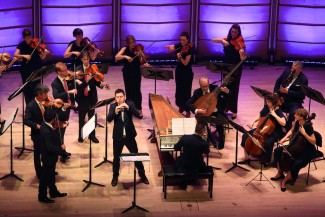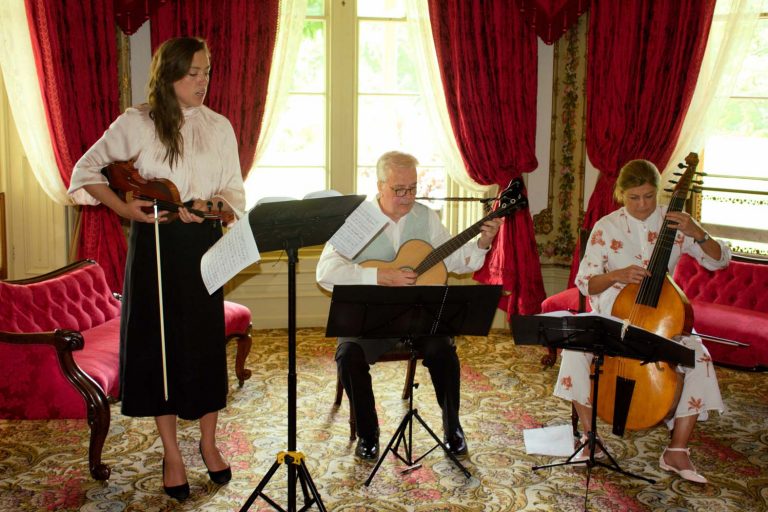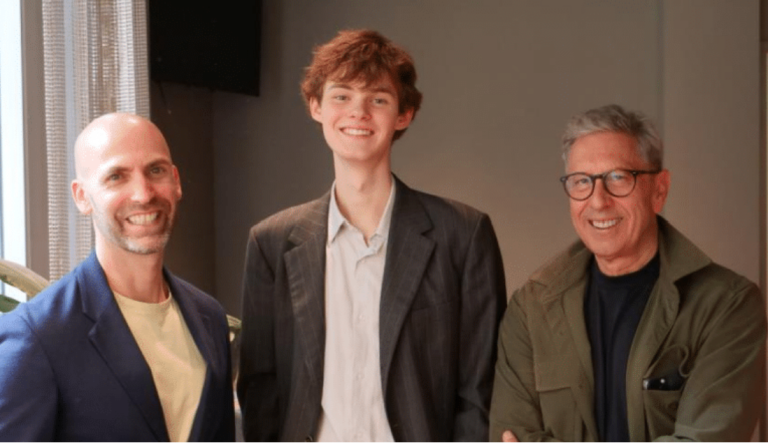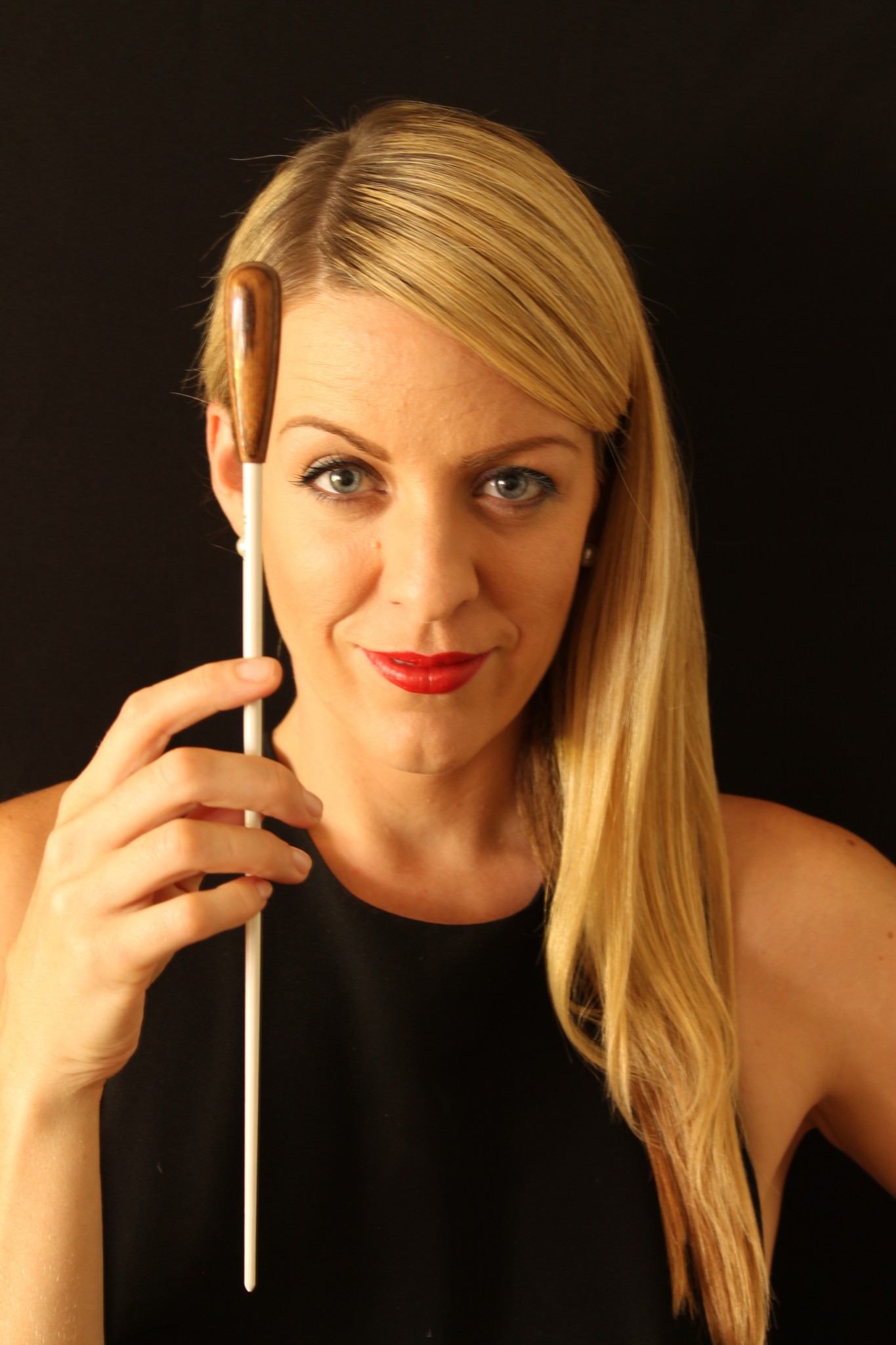Maurice Steger On The Living Art Of The Recorder

Maurice Steger is as irrepressible in conversation as he is on stage. Talking to SoundsLikeSydney the morning after he opened his tour Recorder Revolutionary with the Australian Brandenburg Orchestra, he might have been a little weary. Instead, he is brimming with excitement and passion for his art. His thoughts move as quickly as he can play, the occasional search for the right English word halting the flow.
The recorder is much maligned. Its nemesis is that at one level it is relatively rudimentary which makes it perfect for introducing beginners to melodic music and to wind instruments in particular; a platform from which to progress to more complex instruments. On the other hand, at the level at which Steger plies his trade, it is deceptively difficult to play and performing on it becomes a work of living art.
Steger’s performance on the recorder is mesmerising. Where many instruments require physical strength and a wide hand span, Steger points out why the recorder is different. “To play a Rachmanninov concerto on the piano requires extraordinary strength and you need to be able to cover a lot of keys. The recorder is completely different because as soon as you have too much muscle in the fingers, you are not fast enough because muscles put on weight and are not suited for speed, and that means our training is completely different. But the fingers are not the real virtuosity – the fingers are just what you can see. It is really the tongue that makes the difference. Within the mouth you have to articulate every note, from hard to soft; you have to make different shapes from high to low, slow to not slow; to play staccato you need the tongue to be hard like stone. Then you have to coordinate it with the fingers and this is far, far more difficult than working the fingers.”
Steger arrived in Sydney during one of its hottest and most humid spells. Instantly the alarm bells rang for his precious collection of a dozen and a half recorders that travelled with him.
” Wood acts like skin” he observes, “sometimes it gets a bit oily or wet or it gets dry and we have to learn to treat the instruments well. ” Steger refers to the instruments like family. “They are stable because they are so used to travelling with me and I have some tricks – learnt through Frederick Morgan the famous Australian recorder maker – one of the most important recorder makers in the 20th century. He lived in Daylesford where there is a lot of humidity and sold the instruments to Asia and Europe. He was very concerned to know how the instruments perform where the clients are, so he started to do little things like preparing the wood and lacquering it. Not every recorder I brought to Australia played as well as the ones I have chosen for these concerts because sometimes they take a little longer to settle with this extraordinarily high humidity.”
The weather was arguably a bigger concern that Australia’s ever-vigilant quarantine officials who waved Steger’s instruments through when he arrived in the country. With a barely concealed note of mischief in his voice Steger relates that his most problematic encounter with quarantine officials was in the US. “There was a very strong, big lady with a low voice and she could not believe I played the recorder. So I played her a little song then and there in front of many many people and she was so touched! ” he says laughing delightedly.
Steger’s family of recorders number a total of around 70. Some, like recorders from the Renaissance, have metal attachments; others are made of bone or ivory. He travels with a carefully selected armoury of instruments, on average two choices for each item in the programme “so that I can choose in the last moment the right instrument and maybe research some other music or prepare new things.”
This explains Steger’s choice of performing instruments on opening night in Sydney. In the Sinfonia in A minor by Nicola Fiorenza, Steger brought out a beautiful caramel coloured treble recorder; soprano instruments featured in both works by Vivaldi – the Concerto in D major opus 10 no 3 Il gardellino, RV 428 with its evocative bird sounds and two different soprano recorders in the Concerto in G major RV 443. “I played on two different soprano recorders in C because I thought that in this very beautiful and not too big hall of Angel Place, I could take a very soft recorder for the slow movement. This is a decision I don’t often make. Normally I pay one concerto with one instrument. Yesterday I had the feeling it would be so very nice to take this very warm recorder for the Largo and I have to say I found the decision a good one, so I will make the same decision in the next concert.”
The oldest recorder in Steger’s collection is comparatively young at 30 years. Steger discovered that playing on the original instruments from Baroque times was unreliable because of their age and inability to withstand environmental changes. “They are so tricky and so moody” he said, like making excuses for a badly behaved relative. Instead, he plays on impeccable reproductions of Baroque recorders. The pitch of each instrument, says Steger, is determined by both the recorder maker and by the player in equal measure. Whilst the recorders played by school students today are tuned to concert pitch, Steger’s recorders are tuned to the modern Baroque pitch of 415Hz synchronised with the instruments of the Baroque orchestra.
A gifted musician, Steger is adept at several wind instruments. He learnt the oboe, the modern flute and the transverse flute. “Each wind instrument is very different. It’s totally another thing to play the flute than to play the recorder. It is very unique to play the recorder – it’s such a different feeling. I have to say, the most ‘brother- like’ instrument for the recorder is the oboe – not the flute. The fingering and the way of holding the instrument are very similar.”
For the Recorder Revolutionary tour, the Australian Brandenburg Orchestra is led by its newly appointed Concertmaster for 2016, Shaun Lee-Chen. The orchestra performed several ensemble only pieces of which Telemann’s Concerto for three trumpets in D Major TWV 54:D4 was a brilliant and brassy contrast to the woody sounds of the recorder, and the improvised Ciaccona à 7 in C major by Rittler (c1637 – 1690) was straight from the caverns of a jazz club, with its opening bars played pizzicato by New Yorker Rob Nairn on the double bass and Sydney based Tommie Andersson on the guitar dangling an imperfect ending in the air.
Vivaldi was again the source for the encore, the middle movement of the Chamber Concerto in D major, RV 95, La Pastorella, inspired by nature. It was not a piece that had been rehearsed and the performance contained the glorious risk and thrill of the unknown. But in the hands of the musicians, it blossomed, affirming Steger’s mantra that “Making music is like living life.”
Shamistha de Soysa for SoundsLikeSydney©
The Australian Brandenburg Orchestra with Maurice Steger continue their season Recorder Revolutionary at the City Recital Hall, Angel Place, Sydney till March 5.






